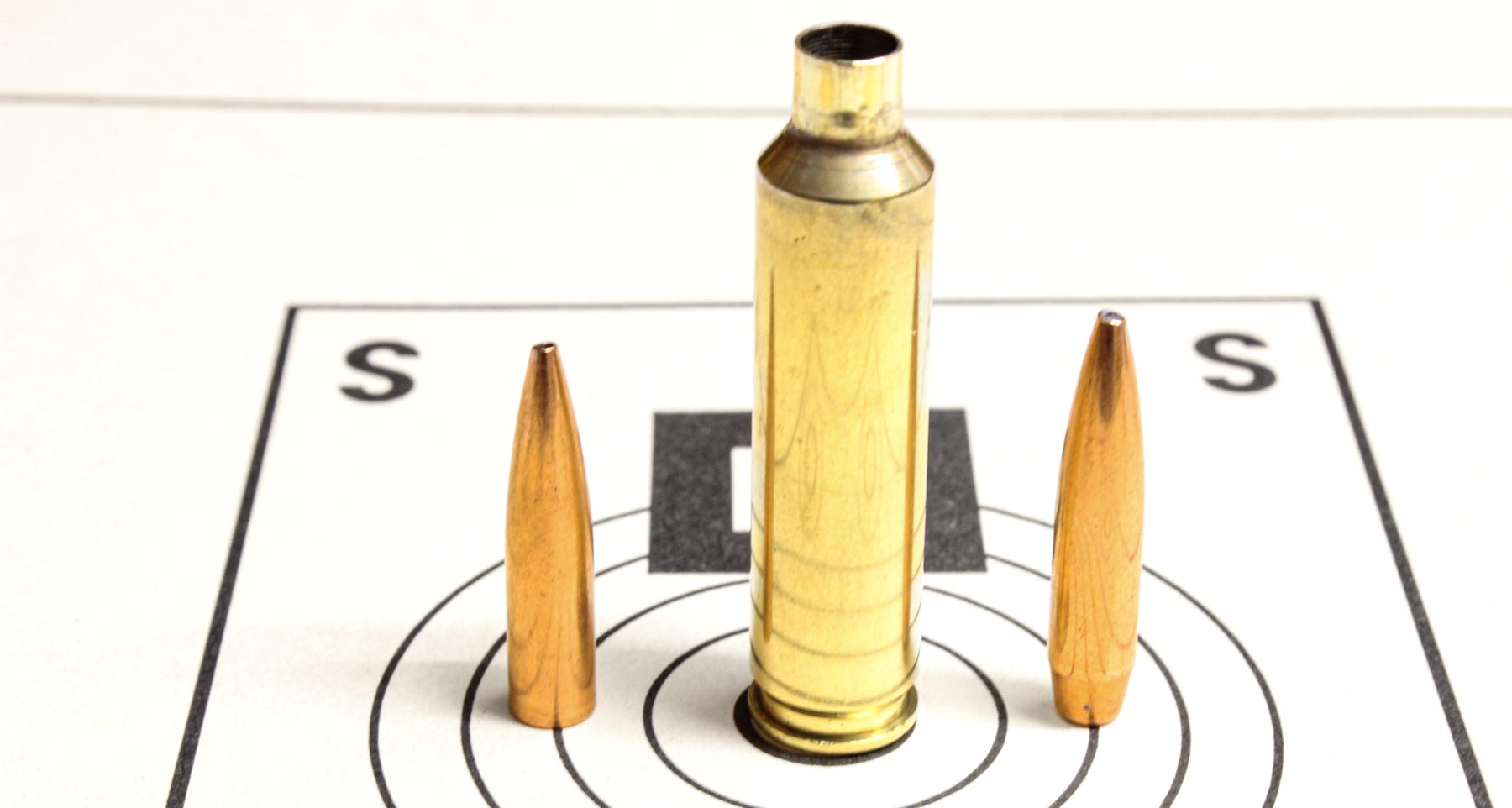In this era of perpetual shortages, including brass, many of us are forced to convert standard cartridge cases into ones we can shoot in our rifles.
When you’re doing it, three basic things will save you a lot of time and trouble: extensive research, patience and proper lubrication.

One of the problems with wildcat and other non-mainstream cartridges is the lack of common dimensions — any gunsmith may or may not change the original to suit his ideas.
This can be very confusing and shows the need for careful research.
Some cartridge conversions are very easy but others require multiple steps and probably have to be annealed at least twice during the process. No one said it was easy!
For example, to convert .30-06 brass into .270 Winchester or .25-06 Remington, all that is required is to run a suitably lubricated .30-06 case into an appropriate form-and-trim die, check the length and the job is done. Remove the lubrication and load.

With other cases, you almost can’t do enough research to discover the correct dimensions, and you’ll probably more than one suggested way to carry out the conversion process on the parent case.
The internet often has plenty of information but all of it needs to be cross-checked.
There are a couple of really good books, probably now out of print: The Handloaders Manual of Cartridge Conversions by Donnelly and Designing and Forming Custom Cartridges by Howell. Both are excellent with a wealth of very good information.
When you get to the stage of changing the brass configuration you must proceed slowly and with caution. Ignore this advice and most probably the result will be a ruined piece of brass.
Changing the body of a case involves a great deal of force and requires an O-frame press.
Providing the lubrication is okay, the die only needs to be screwed into the press in very small increments, thus changes to the case are very slow and may require further lubrication between stages.
With the pressure involved, large changes probably could not be made anyway.

Much the same occurs when the neck of a case is reduced by several calibers. It often helps to have an intermediate die but this is not always available.
The neck of course is reduced first and then the body of the case. Again, the die should be screwed into the press in small stages, re-lubricating when and where necessary.
Of all the things involved in changing a brass case, probably lubrication causes the most problems.
Too much lubrication may cause fissures in the brass which may eventually cause it to be unusable.
Too little and you will have a stuck case that has to be removed from the die.
Some lubricants are better than others. Top of the list is Imperial Sizing Wax. I have used it extensively for more than 20 years and the tin is still a third full! Very little goes a long way; it only needs the thinnest smear to be effective, but you may have to reapply it several times.
The only other lubricant I have found to match it is STP Oil Treatment, which has the consistency of glue, but it works.
If you have to cut the case necks it is preferable to have several small cuts rather than one large one. Lubricate the shaft often and keep the cutting area clean using an old toothbrush.

0 Comments